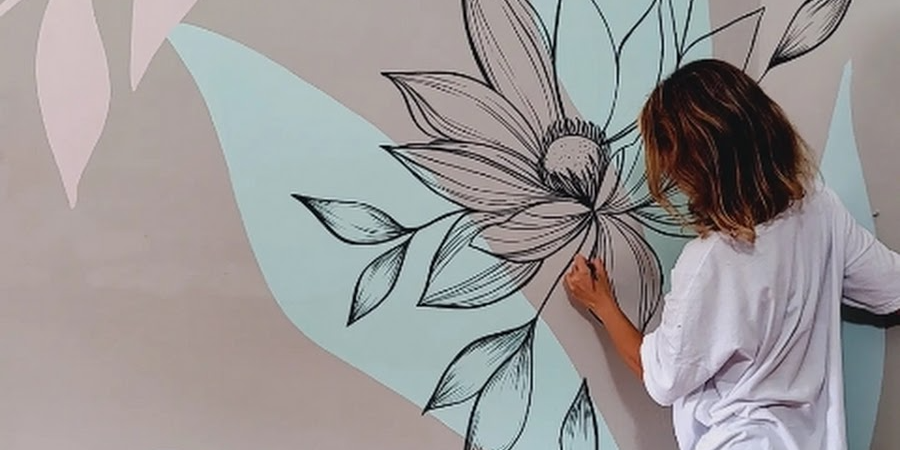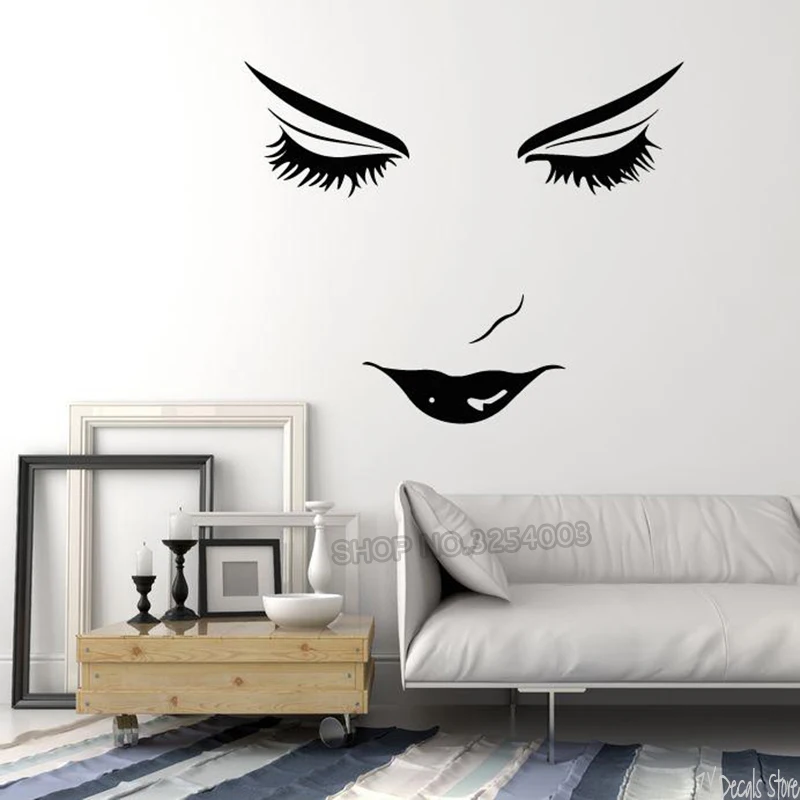

Wall paint is one of the aspects in interior design that may change a whole room. The choice of wall paint is crucial in determining the ambience and overall look of any area, from creating the atmosphere to reflecting your personality and style. Imagine entering a room with bright colours that make you feel better right away, or entering a warm room with neutral decor that invites you to unwind. A room's walls may be used as a blank canvas to let your imagination run wild and turn it into a unique haven.Although wall paint has a striking visual impact, its importance extends beyond aesthetics. Your choice of colour scheme may impact how a room feels, how big you believe it to be, and even how light interacts with it. Knowing the psychology of colour can enable you to design spaces that suit your tastes and requirements.Wall paint comes in a wide variety of forms and styles, from traditional matte finishes to cutting-edge specialised paints that give your walls purpose or texture. Every taste and project may be accommodated by a paint selection. whether you choose the classic elegance of neutral tones or the eye-catching statement of vivid colours.We'll dig into the subtleties of wall paint in this in-depth tutorial, covering various paint kinds, advice on choosing the ideal colour scheme, application methods, and solutions for frequent problems. Regardless of your level of experience with do-it-yourself projects or painting, this Blog will provide you with the information and motivation you need to confidently update your living areas.Journey with us into the realm of wall paint, where endless creativity and the possibility of a more beautiful house await with each brushstroke. Let wall paint be your medium of self-expression and your means of realising your design vision.

1. Understanding Wall Paint: Provide a visually striking table or infographic that compares and contrasts several types of wall paint (speciality, latex, and oil-based).Provide brief explanations along with icons to represent each category.
2.Choosing the Right Color Palette:Create a colour scheme with a variety of hues with Canva's colour wheel tool.Depending on the space's dimensions, lighting, and ambiance, offer colour recommendations.Provide images of rooms painted in different ways to illustrate the effect.
3.Preparing for Painting: With Canva's design elements, create detailed illustrations for surface preparation, cleaning, and restorations.Provide readers with checklists or to-do lists to consult before starting their painting project.
4.Fixing Issues and Tips: Make infographics showing common painting mistakes and offering tips on how to avoid them.Create before-and-after photos that show off how to fix paint imperfections and get a glossy appearance.
Plz like the Blog ad click on the heart icons ❤️


